The act of using technology to distort the truth not only violates ethics and the law, but also deeply hurts the viewer's psychology, seriously affects the victim's family and undermines trust in the community.

Virtual tragedy, real trauma
The capsized tourist boat Blue Bay 58 in Ha Long Bay last July not only left heartbreaking consequences for the victims and their families, but also served as a warning about the phenomenon of unethical information exploitation in cyberspace.
Just hours after the incident, a series of “reenactment” videos went viral on platforms like TikTok and Facebook. Images of children crying, adults screaming in the middle of a vast sea of water, and rescue sirens echoing in the air… made viewers shudder. However, most of those videos were AI-generated products or edited from unrelated sources, completely not reflecting the truth.
A casual photo of a group of children on a trip to Ha Long in August 2024 was also turned into the “last image before the disaster” of the capsized ship, shared by many fanpages with sympathetic captions.
In emotion, singer Thai Thuy Linh shared this photo on her personal page with a memorial message, before the owner of the photo, Mr. NT, requested a correction and removal because the photo had been distorted.
Not only celebrities, many other social media accounts also became victims of fake videos and distorted images when they shared false content with innocence and sympathy.
Not only in the ship capsizing incident in Ha Long Bay, previously, many videos also "recreated" the consequences of storms and floods in Lang Nu village ( Lao Cai province) last year, or old traffic accidents from many years ago were also "breathed into life" into new disasters by AI.
These clips, with dramatic camera angles and tragic narrative voices, often end with the promise of “watch the next episode to find out what happened” or a call to share on behalf of the victims. By exploiting users’ emotions and curiosity, fake content spreads at breakneck speed, pushing the line between real and fake.
Faced with the above reality, Associate Professor Dr. Bui Hoai Son, Standing Member of the National Assembly's Committee on Culture and Society, said that in the era of information explosion, many people are being drawn into a maze of false news and high-tech staged videos with a "realistic" appearance. They unintentionally believe in things that are not real, while being skeptical of trustworthy values. This is a worrying reality, threatening social awareness and community trust.
The impact of these toxic contents does not stop at temporary emotions, but many people also reflect and are severely psychologically affected after being exposed to tragic and painful videos.
Ms. Nguyen Thanh Ha, owner of the SIM card store at 145 Ngoc Lam Street (Bo De Ward, Hanoi) shared: “I am haunted to the point of insomnia after watching clips of accidents and children crying. When I realized it was fake, I felt insulted. Even more worrying, many people take advantage of viewers' sympathy to attach QR codes, support accounts, disguised sales... turning real emotions into blatant profiteering tools.”
How to distinguish real from fake in the AI era
The development of artificial intelligence (AI) opens up many conveniences but at the same time also brings with it an unprecedented "pandemic of fake news". According to experts from the Cyber Security Association, creating fake images and videos is now easier and more sophisticated, making it difficult for users to distinguish between real and fake. In particular, the lack of awareness and the habit of sharing unverified information on social networks makes fake news spread rapidly.
Lawyer Bui Thi Mai, Hanoi Bar Association, said that the act of using AI to create fake content related to disasters to attract views and profit is wrong and needs to be strictly handled. People need to proactively equip themselves with knowledge about technology and law and should only trust official information sources, reputable fanpages or highly trustworthy individuals. Using social networks intelligently and legally not only helps protect yourself but also contributes to preventing fake news, maintaining a healthy and civilized online environment.
Sharing the same view, Associate Professor Dr. Bui Hoai Son proposed a solution: stronger measures against fake news and fake videos are needed, not only from digital platforms but also from the law itself. Currently, the Penal Code, the Law on Cyber Security and related decrees have provisions on handling acts of slander, forgery and fraud in cyberspace, but they need to be strictly enforced, and new regulations can even be added to match the increasing danger of fake news associated with disasters. In addition, it is necessary to strengthen media education early in families and schools. Children need to be taught how to recognize fake videos, information verification skills and understand their responsibilities when sharing content. More importantly, education must aim to foster compassion so that no one contributes to the act of profiting from the pain of others.
In the era of strong AI development, distinguishing between real and fake is no longer simply based on senses but requires alertness, knowledge and responsibility of each social network user. Therefore, each person should proactively verify and be careful before sharing and spreading true values so that social networks become a reliable connection space, contributing to building a healthy and civilized information environment.
Source: https://hanoimoi.vn/chan-song-cau-view-tu-video-gia-sau-tham-hoa-711381.html


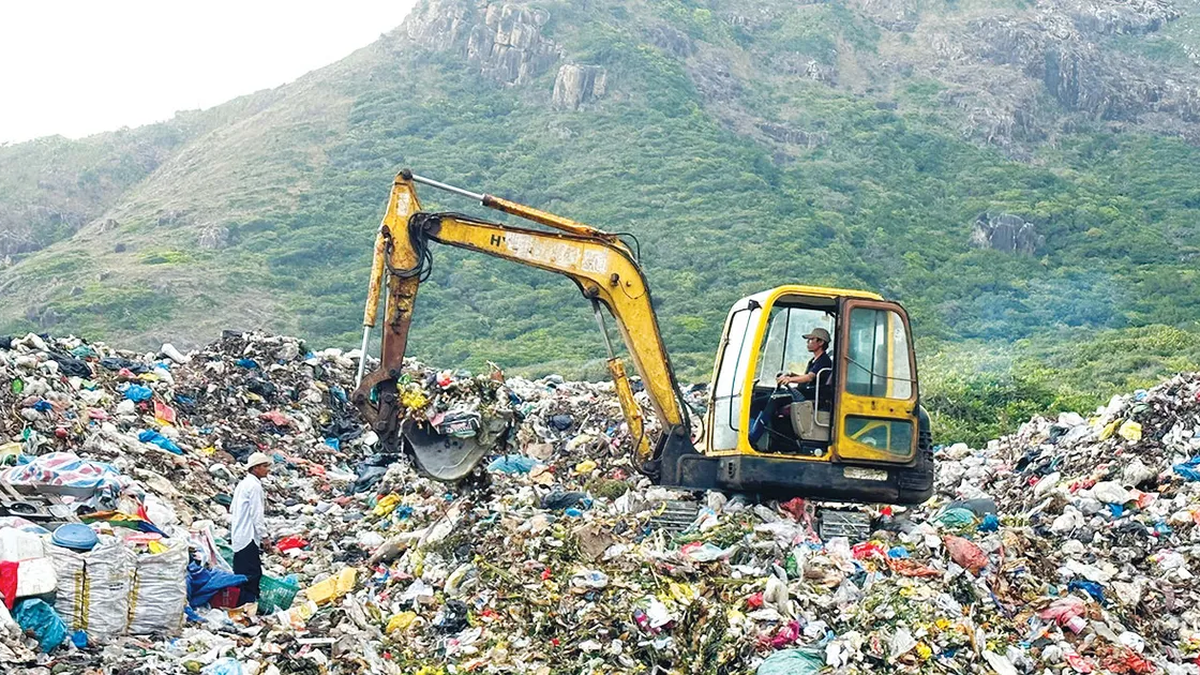
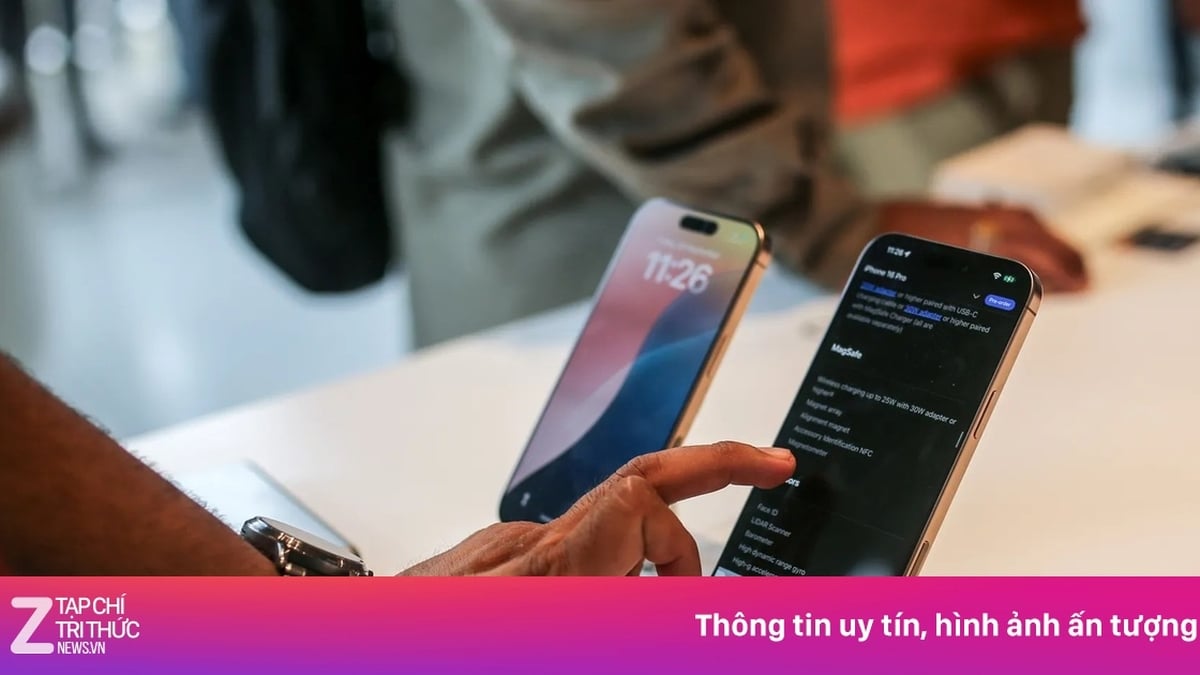

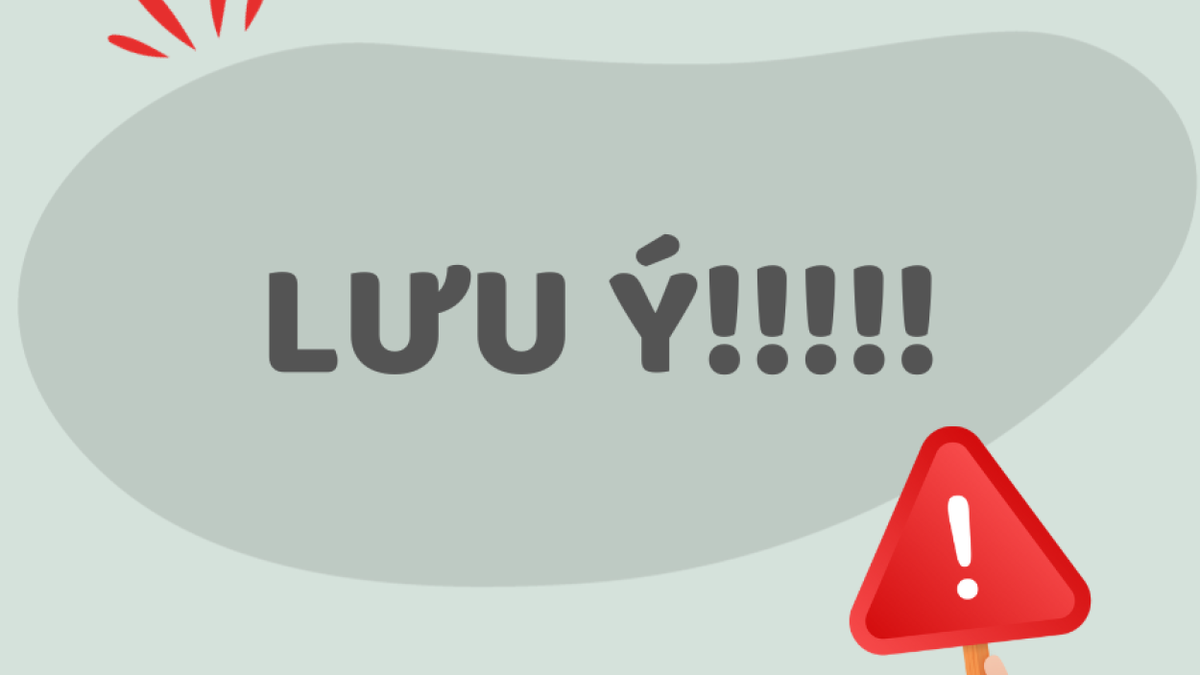
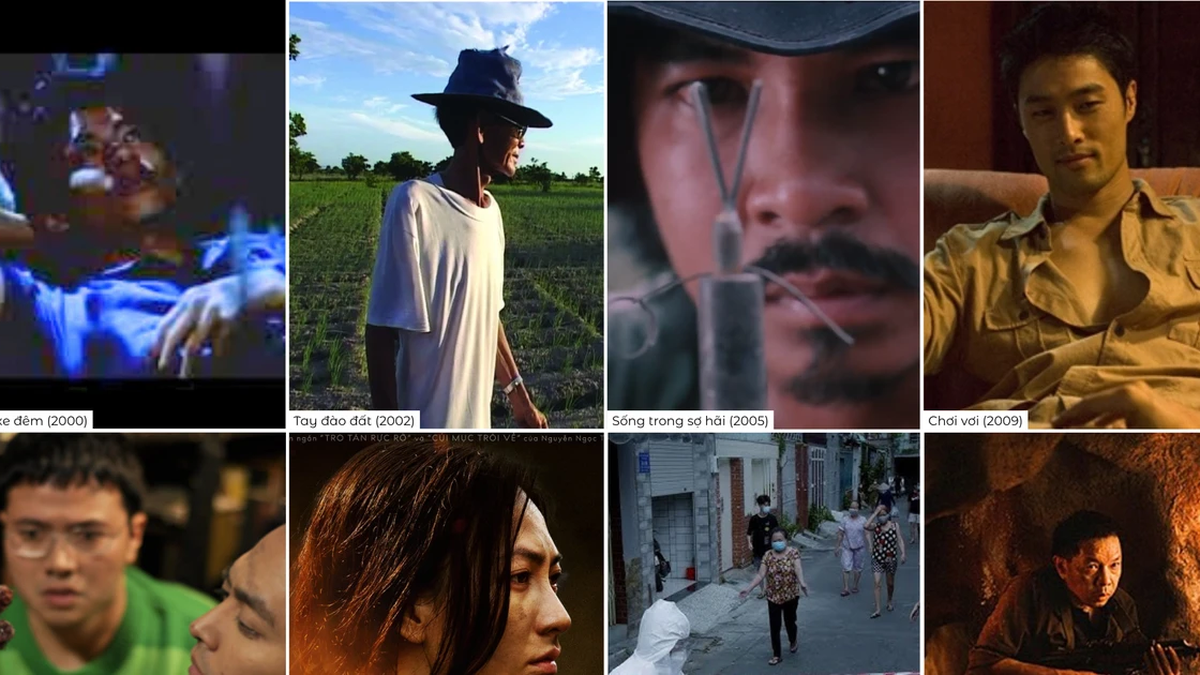

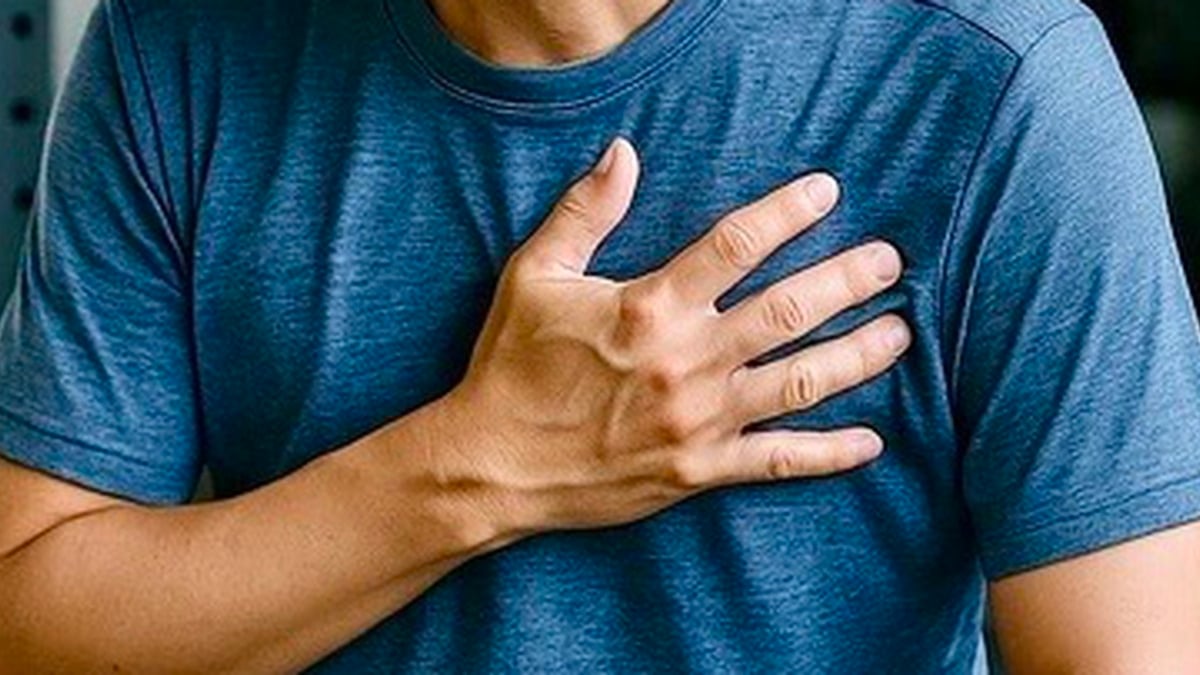
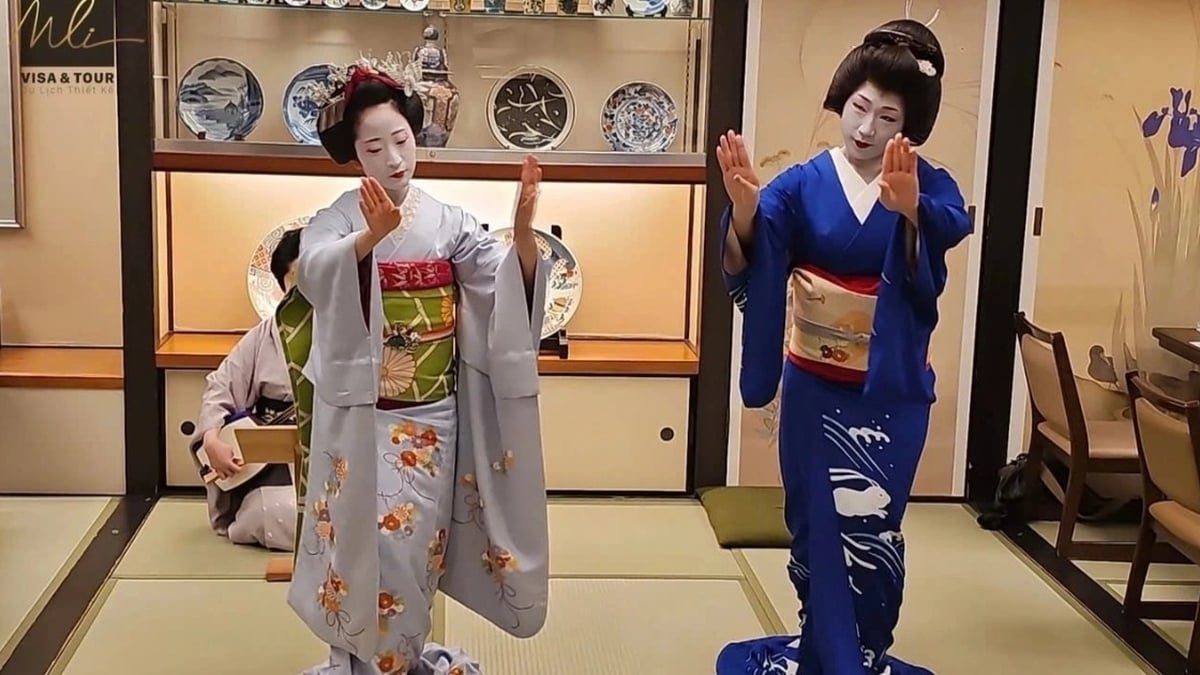
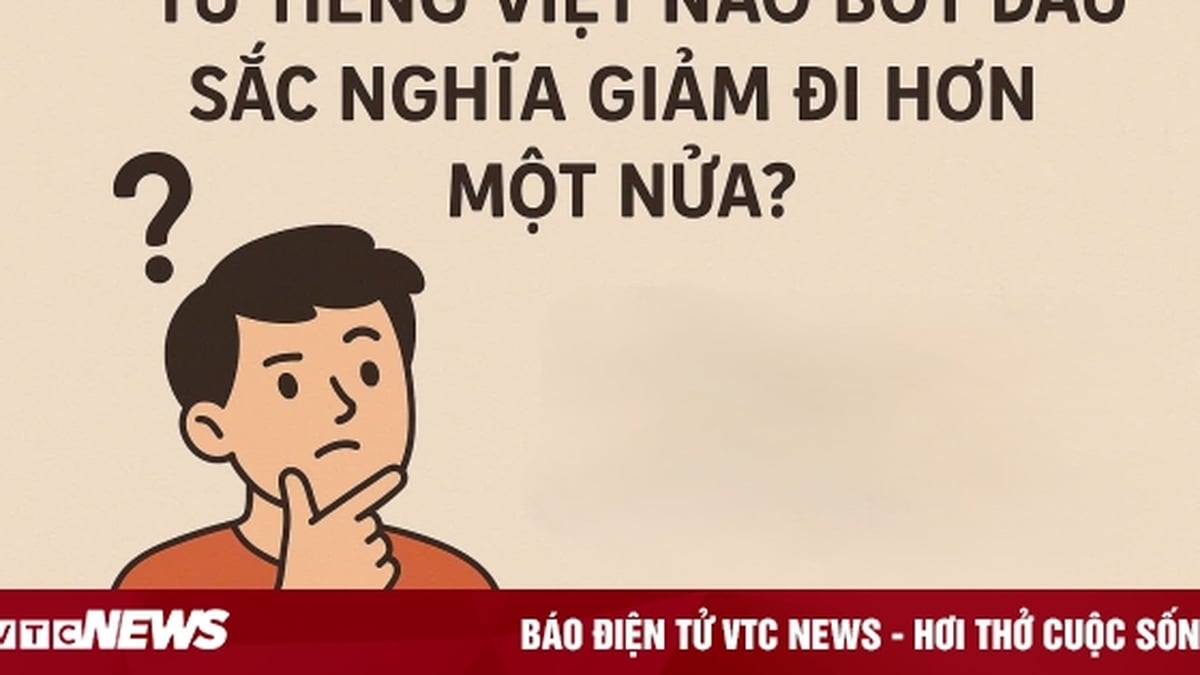
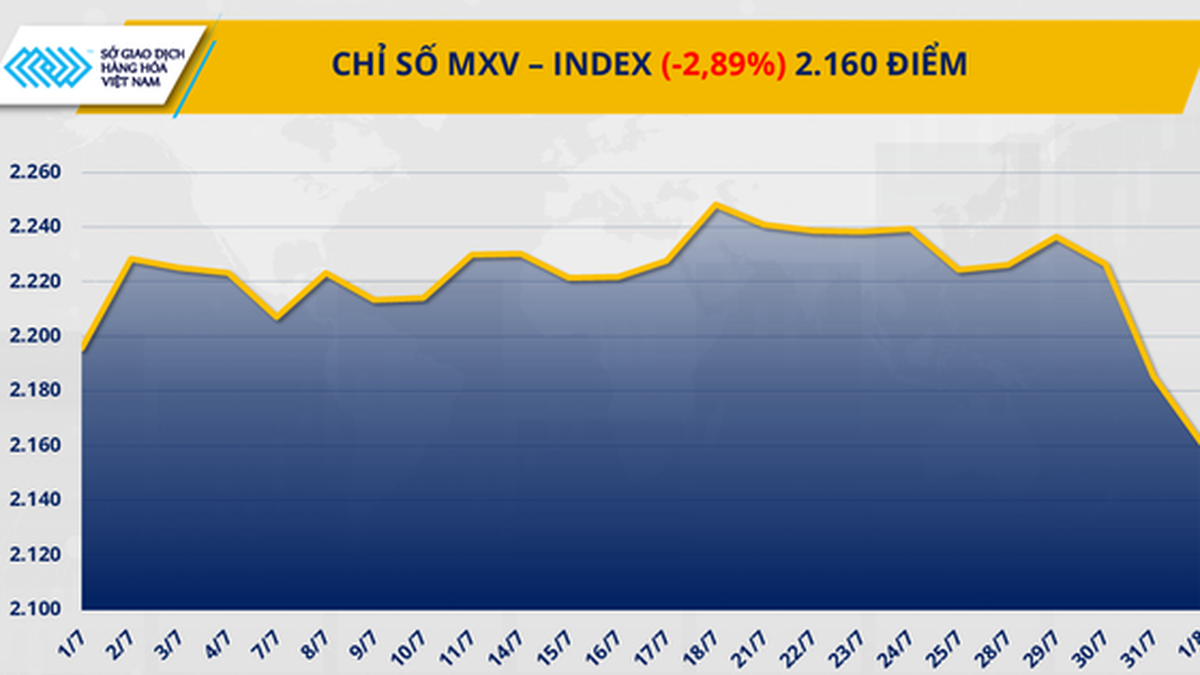
















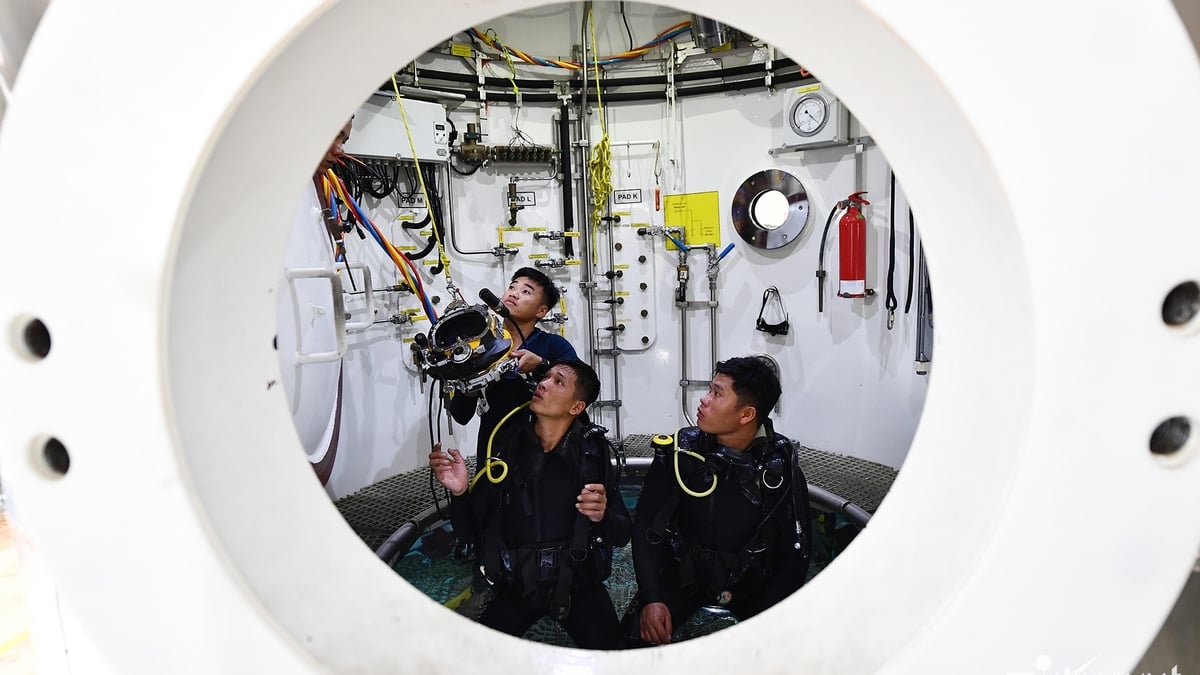


























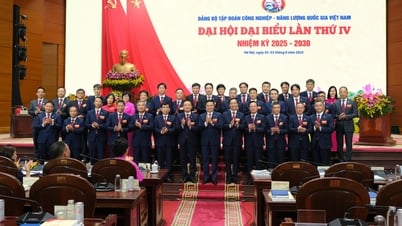







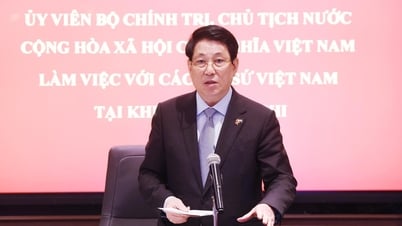



































Comment (0)